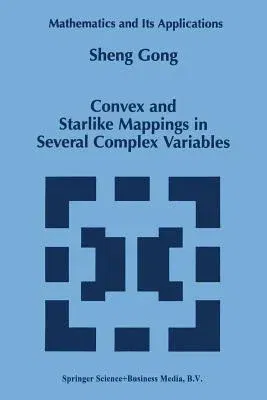Sheng Gong
(Author)Convex and Starlike Mappings in Several Complex Variables (Softcover Reprint of the Original 1st 1998)Paperback - Softcover Reprint of the Original 1st 1998, 6 November 2012

Qty
1
Turbo
Ships in 2 - 3 days
In Stock
Free Delivery
Cash on Delivery
15 Days
Free Returns
Secure Checkout
Part of Series
Mathematics and Its Applications
Part of Series
Mathematics and Its Applications (Closed)
Print Length
209 pages
Language
English
Publisher
Springer
Date Published
6 Nov 2012
ISBN-10
9401061912
ISBN-13
9789401061919
Description
Product Details
Author:
Book Edition:
Softcover Reprint of the Original 1st 1998
Book Format:
Paperback
Country of Origin:
NL
Date Published:
6 November 2012
Dimensions:
23.39 x
15.6 x
1.22 cm
ISBN-10:
9401061912
ISBN-13:
9789401061919
Language:
English
Location:
Dordrecht
Pages:
209
Publisher:
Weight:
326.59 gm

